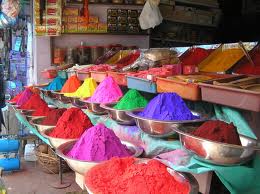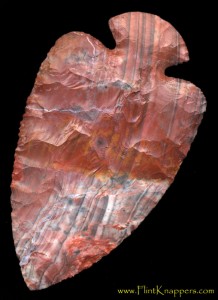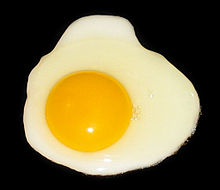 The bark of the tree is the outermost layer of the tree and will protect the tree from drying out or any damage caused by the wildlife (insects, birds, etc.) The bark protect the phloem of the tree, if the bark is removed of the tree then the tree could potentially die. The bark of this tree is smooth, which shows that they tree must have been quite young as bark does not grow, but splits in order for the tree to grow in diameter. The pith of the tree section is slightly off-centre; this could have been due to the amount of sunlight that that side of the tree was receiving.
The bark of the tree is the outermost layer of the tree and will protect the tree from drying out or any damage caused by the wildlife (insects, birds, etc.) The bark protect the phloem of the tree, if the bark is removed of the tree then the tree could potentially die. The bark of this tree is smooth, which shows that they tree must have been quite young as bark does not grow, but splits in order for the tree to grow in diameter. The pith of the tree section is slightly off-centre; this could have been due to the amount of sunlight that that side of the tree was receiving.
The rings of the cross section represent the age of the tree, in the cross section above it is possible to see the very light rings. The rings that are lighter grown in spring due to growth of large cells, this means the darker rings are summer because of the increase in cell growth. We can link this to why trees grow more in the summer; there is no/less winter growth due to limiting factors.
The medullary rays can originate from the cambial cells and these are secondary rays, however from this picture it is not possible to tell if it is a secondary ay or new ray. Also, when a ray starts to grow it will invariably grow through all the growth rings. Outside the cambium, the ray will be continued in the phloem, this means that each ray will have xylem and a phloem portion. (Mishra, 2009 p.146).
References:
Mishra, S. (2009) Understanding Plant Anatomy. Delhi: Discovery Publishing House.




